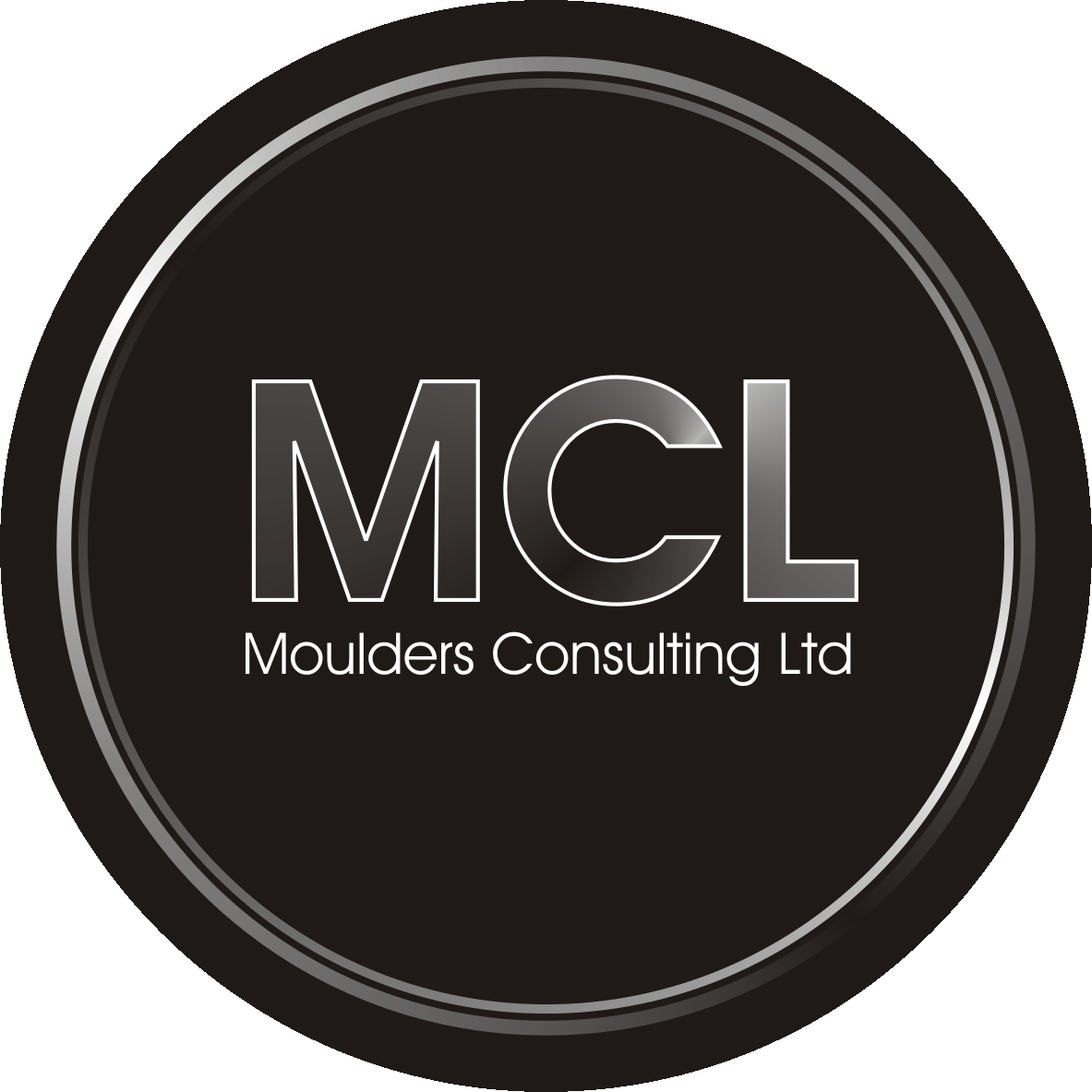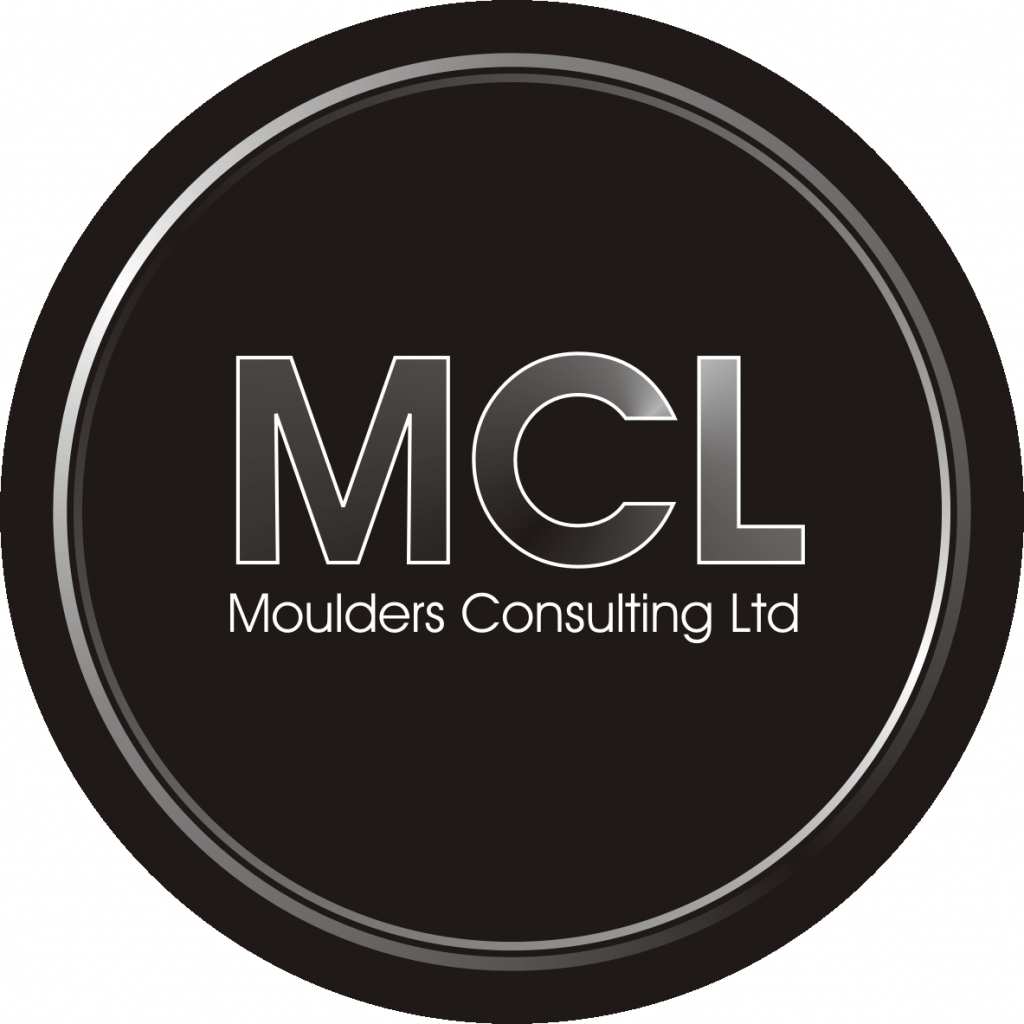Injection moulding continues to evolve, driven by advancements in materials, technology, and sustainability. As we look towards 2025, manufacturers and businesses must stay ahead of emerging trends to remain competitive in a rapidly changing industry. At Moulders Consulting, we are committed to helping businesses navigate these developments and leverage new opportunities. Here are the key trends shaping the future of injection moulding in 2025.
1. Sustainable and Recyclable Materials
Environmental responsibility is becoming a core focus for manufacturers, and injection moulding is no exception. In 2025, expect a significant increase in the use of bio-based and recycled plastics. Innovations in biodegradable polymers, such as PLA and PHA, will offer viable alternatives to traditional plastics, while improved recycling processes will enhance the circular economy, reducing waste and carbon footprints.
2. Smart Manufacturing and Industry 4.0
The integration of smart manufacturing technologies is revolutionising the injection moulding industry. Industry 4.0 innovations, such as IoT-enabled machinery, AI-driven process optimisation, and real-time monitoring, will enhance efficiency and reduce downtime. By leveraging data analytics and automation, manufacturers can achieve higher precision, improved quality control, and reduced material wastage.
3. Rapid Tooling and 3D-Printed Moulds
3D printing is playing an increasingly vital role in the injection moulding process. In 2025, we will see further adoption of rapid tooling techniques, where 3D-printed moulds are used for prototyping and low-volume production. This approach reduces lead times and costs while allowing for greater design flexibility and faster market entry for new products.
4. Advanced Injection Moulding Technologies
The future will bring new innovations in injection moulding techniques, such as micro-moulding, multi-material moulding, and gas-assisted injection moulding. These advanced processes will enable manufacturers to produce highly complex, lightweight, and durable components with greater efficiency. As industries like medical, automotive, and aerospace demand more intricate designs, these technologies will become increasingly mainstream.
5. Automation and Robotics in Production
Automation continues to transform the injection moulding industry. In 2025, collaborative robots (cobots) and automated handling systems will play an even greater role in improving production efficiency. Robotic automation will assist in tasks such as part removal, assembly, and quality control, reducing labour costs and enhancing overall precision.
6. Customisation and On-Demand Manufacturing
Consumer demand for personalised and custom-made products is growing. Injection moulding is adapting to this trend through flexible production techniques that allow for smaller batch sizes and rapid design modifications. The combination of digital design tools and advanced moulding techniques will enable manufacturers to produce bespoke components more efficiently than ever before.
Looking Ahead: Preparing for the Future of Injection Moulding
As 2025 approaches, the injection moulding industry is set to undergo significant transformation. From sustainability and smart manufacturing to automation and advanced materials, businesses must embrace these trends to remain competitive. At Moulders Consulting, we provide expert guidance to help companies navigate these changes, optimise their processes, and stay ahead of industry advancements.
If you’re looking to future-proof your injection moulding operations, get in touch with Moulders Consulting today. Our expertise can help you implement cutting-edge solutions that drive efficiency, sustainability, and innovation in your manufacturing processes.








